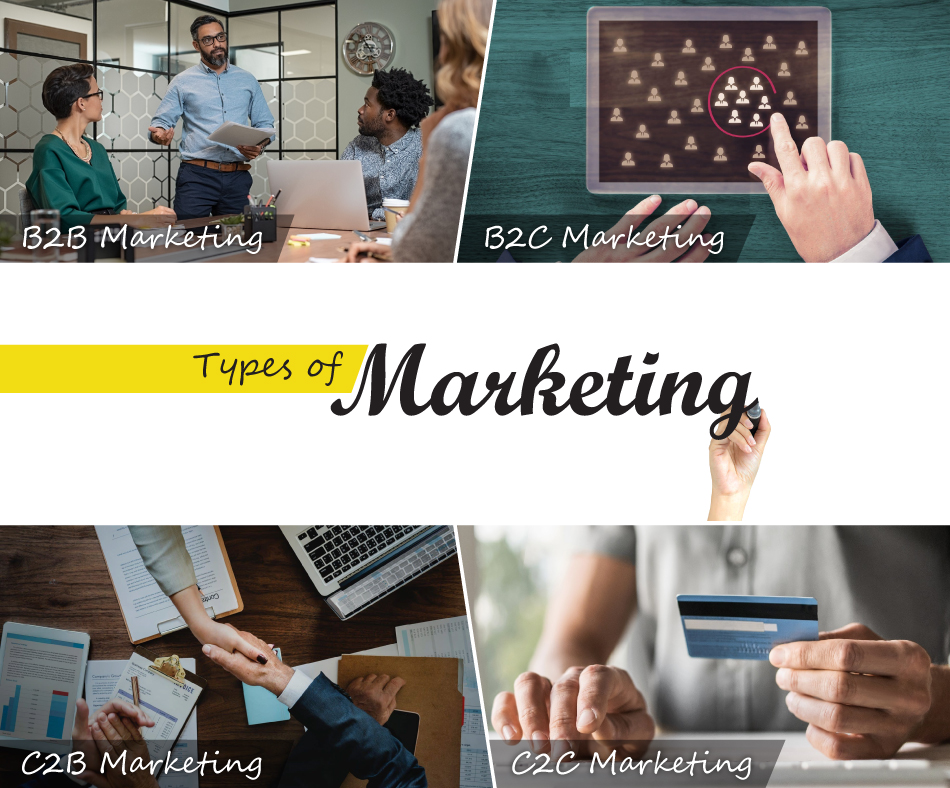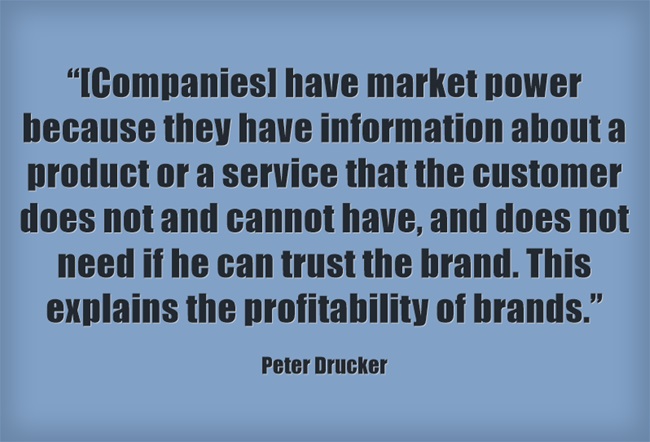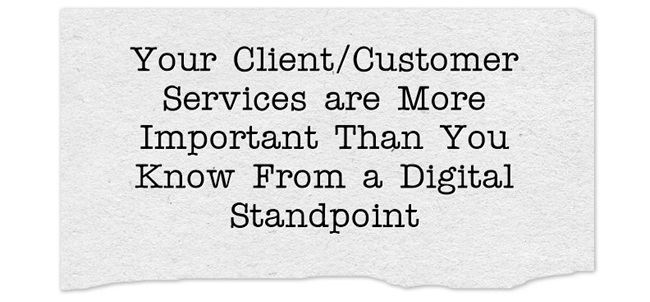To most of us, Marketing is magic.
We hire some resources, spend some money, and hope our business grows as a result. Unfortunately, our experience with business marketing is that we spend a lot of money on advertising, but we don’t know if it was effective. Are we reaching our target market? This is especially true of mass marketing through traditional media. The adage says “50% of our advertising spend is useless. We don’t know which 50%!” Personally, we look at advertisements as an interruption to our show.

Some of us grew up with early shows and re-runs having advertisements done by the host or knowing that in 12 minutes, we would be able to get up and get that snack and be back in one and a half to two minutes. We are not looking for information; we want to be entertained or watch our favorite sports team win. Today, the options to get our entertainment to seem limitless and baffling. Modern devices and streaming services promise to help us avoid or skip commercials to enjoy the show.
So, what should a business do?
Early advertising was aimed at making the audience aware that something existed and why they would want to buy it. As advertising evolved, it became more competitive and became more complicated in the messages. Today, many commercials end with the last 20 seconds of a ‘fast talker’ telling you the risks and disclaimers. So, we must make sure the message we intend to communicate is relevant, consistent across multiple media, strikes a nerve with our target market, and has a call to action.
Brand Equity: What is our message?
The first and most critical in figuring out our marketing plan is to know what we want to say. Our brand message. Why do our current customers like us? What do we do differently? Why would they need what we offer? Most importantly, what action do we want them to take? These are the questions we need to answer in determining our marketing strategy.
Are we a start-up and need for people to know what we offer and how it will benefit them? Do we have a product or service that is better than all the rest because of our new improvements? Are we trying to appeal to a new generation or translate our message to a different audience? Taking the time to craft a compelling and relevant message is the first and most critical step in any marketing strategy.
Defining: Who is our target market?
Once we know what we want to communicate and what action we want the audience to take, we must determine the best means of getting to that specific target group. Many well-known brands have defined one or two very specific customer profiles they want to reach. This can often include things like gender, age, income, geographic location, hobbies and pastimes as well as others that help us determine the ‘who.’
Addressing: How do we reach our target market?
After defining who are target market is, we must decide how to address them. Understanding how your target market gets information, makes decisions, and acts, is critical to determining what media best suits your marketing efforts. The marketing strategy in which you execute must take all these considerations and more into defining your path to your target market.
How does my target market get information?
Is it traditional media, like reading the newspaper, a particular magazine, radio programs, or watching a particular television show? Is it through referrals and recommendation of close contacts? Do your customers find you based on industry or trade associations? Or is it through digital media, like search engines, emails, social media? Do your customers use Google like the yellow pages to find a solution?
What information does my target market need?
Which influences do they ‘trust?’ What process do they take in researching and purchasing? Do they use online directories or reputation management companies like Angi or Yelp? Is your product or service an impulse or an need based item ‘OMG! My ____ is not working? Do they need instructions, tutorials, or how to information that would help them decide?
Capturing: Successful target market conversions
Once you have connected with your target market by crafting a relevant message and communicating it through the proper channels, you now have their attention. What action do you now want them to take? Defining your success is vital to know if your marketing is successful.
What is a successful conversion for this target market? This could take many different forms. If your product service requires additional information to decide, how do potential customers get this information? You can still have a Call to Action, without a “Buy Now” or “Add to Cart” button. This could look like, having customers call an inbound call center through a toll-free number, a schedule a call or contact us form / page on your website, or just to have them sign up for a mailing list?
Alternatively, do they have enough information can you send them directly to your ‘storefront’ to make a purchase? In this sense, your goal would be sending them to a literal retail location, an online store, or a combination. Unless your marketing is strictly brand awareness, you need to lead the potential customers to act toward purchasing your product or service. The simpler and timely this action is, the higher the success rate.
Digital Presence: Customer Experience
Now that we have captured our target market, and gotten them to our desired goal, we must be ready for them. While the messaging might be tailored to the specific group through multiple media, the importance of ‘consistency’ is not to be ignored. Your message, branding, and call to action must be cohesive throughout your marketing strategy. This does not mean that a specific market might get a slightly different ‘message’ or be crafted to appeal to their unique characteristics. But even if you have multiple target audiences, these steps can be taken for each one with more predictable and often measurable results.
Your business has both a physical location and a digital presence. Do you have a website, social media platforms, business profiles on search engines, and listings in online directories? Do you manage them by answering questions, comments, and reviews? Are you part of idea sites like DIY, user groups, or Pinterest? Do you have demonstration videos, training videos, or how-to videos? All these things contribute to your ‘digital presence.’ It is a collection of information about your online business, sometimes whether you put it there or not. You need to manage your digital presence by actively knowing what is being said and reviewed. This can be a great source of referrals or leads if used properly.
Customer Data
Do you collect cookies on your website? What do you do with them? Do you have any Customer Relationship Management system or lists of past and potential customers? Do you use email or social media marketing techniques? Unlike mass media channels that might provide a basic ‘exposure’ figure without many trackable data, digital marketing can be targeted much more surgically, and results can be measured. This means that when you find a successful channel and begin to get tangible results, you can know where to invest your marketing budget in order to get the most valuable results. For most businesses, there are multiple target markets of target audiences and multiple ways to reach them.
Engaging our Target Market: Summary
Proactively managing your digital presence is a must these days. Make sure you have someone monitoring and commenting on these platforms. A good marketing strategy starts with your message, defines your target market, uses the appropriate channels, knows what is being said about you, and is measurable to refine your marketing spending based on trackable results.






 A customer’s experience is composed of many different interactions and aspects, which collectively create their perception of your company. These perceptions create an image or idea about your business and its products or services; this is your brand.
A customer’s experience is composed of many different interactions and aspects, which collectively create their perception of your company. These perceptions create an image or idea about your business and its products or services; this is your brand.






